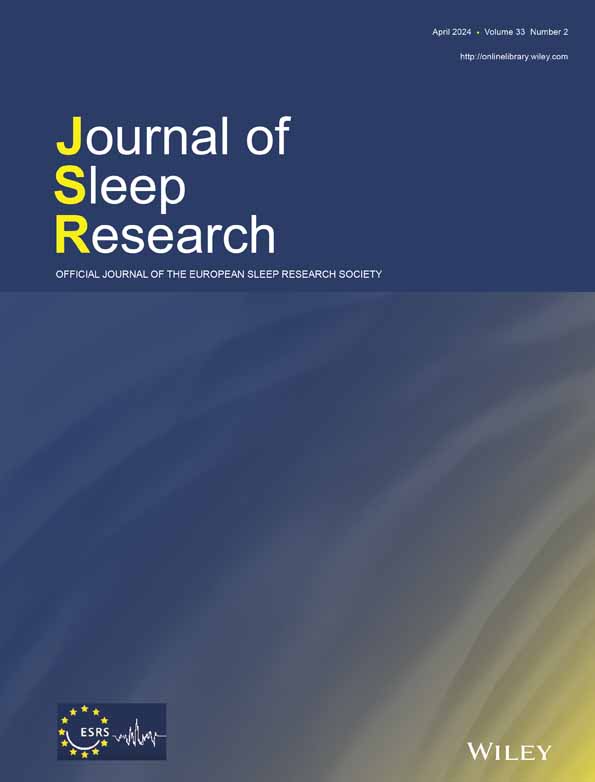Sleep disruption in adolescent inpatients: prevalence, associations with clinical outcomes, and clinician perspectives
Summary
Sleep problems are common for adolescents with psychiatric disorders, and sleep treatment may aid mental health recovery. Inpatient admissions are likely a particularly challenging time for sleep. Despite this little is known about the nature of sleep problems, and how sleep treatments could be optimised for this setting. This mixed-methods study set out to better understand sleep disturbances in adolescent inpatients. Study 1 examined the prevalence of Sleep Condition Indicator-assessed insomnia at admission and associations with psychiatric symptoms and admission length in 100 inpatients (aged 11–17 years) on one unit in Oxford. Data were gathered from admission routine measures and medical records. Associations were analysed using linear regressions. Half of the inpatients (n = 50) screened positive for insomnia at admission. Moderate–large significant associations were observed between more severe insomnia and more severe depression (β = −0.56), anxiety (β = −0.51), self-harm (β = −0.49), psychotic experiences (β = −0.32), and conduct problems (β = −0.30), but not admission length. Study 2 gained 12 clinicians’ perspectives on sleep problems on the unit via a focus group and semi-structured interviews, analysed using thematic analysis. Ward staff observed insomnia and excessive daytime sleepiness in adolescent inpatients and a reciprocal relationship with mental health symptoms. Ward processes were barriers (e.g., night-time observations) and facilitators (e.g., regular routines) of sleep. Cognitive behavioural therapy for insomnia was not routinely offered but viewed as potentially helpful. Insomnia may be a common problem for adolescent inpatients, associated with greater psychopathology, but not admission length. The possible benefits of psychological sleep interventions for adolescents admitted to psychiatric units now require testing.
CONFLICT OF INTEREST STATEMENT
All authors declare that they have no competing or potential conflicts of interest.
Open Research
DATA AVAILABILITY STATEMENT
The deidentified data that support the findings of this study are available from the corresponding author upon reasonable request, and subject to the agreement of regulatory approvals.




